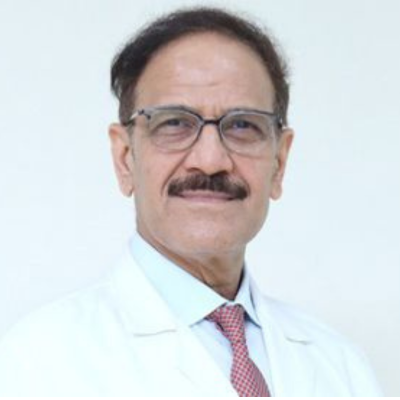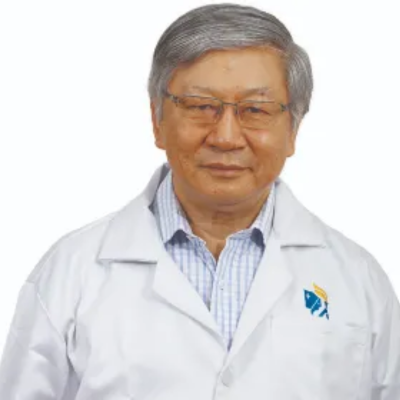Medical Visa Extension in India: How to Apply and What You Need to Know
 27 March,2025
Read More
27 March,2025
Read More
Enquire now in case of any assistance needed
Starting From: USD 4272 - USD 5697
Aortic Valve: Ross Procedure is affordable in India. The cost of Aortic Valve: Ross Procedure in India lies between USD 4272 - USD 5697. The exact procedure price depends on multiple factors such as the surgeon's experience, type of hospital, severity of the condition, patient's general condition,�etc.
The Ross Procedure stands as a pioneering surgical technique in the realm of aortic valve repair, offering a distinctive approach to addressing aortic valve dysfunction. Named after its creator, Dr. Donald Ross, this procedure involves the replacement of a diseased aortic valve with the patient's own pulmonary valve, supplemented by a donor valve placed in the pulmonary position. This innovative method presents a unique fusion of autograft and allograft components, providing a durable and dynamic solution for individuals with aortic valve issues.
The Ross Procedure is characterized by its utilization of the patient's own pulmonary valve, known as an autograft, as a substitute for the diseased aortic valve. Simultaneously, an allograft (valve from a human donor or a biological valve) is implanted in the pulmonary position to maintain pulmonary circulation. This distinctive combination allows for a durable, adaptable, and potentially lifelong solution for aortic valve repair.
The Ross Procedure is Considered in Cases Where Aortic Valve Replacement is Warranted Due to Severe Dysfunction. Common Indications Include:
The Ross Procedure Involves Several Key Steps:
The Ross Procedure stands as a remarkable achievement in aortic valve surgery, offering a tailored and dynamic solution for individuals with aortic valve dysfunction. With its innovative combination of autograft and allograft components, this procedure provides a durable and potentially lifelong remedy. The Ross Procedure is especially advantageous for young patients and those seeking to avoid long-term anticoagulation therapy. Through careful consideration, expert surgical intervention, and ongoing follow-up care, the Ross Procedure holds the potential to restore cardiovascular vitality and enhance the overall quality of life for individuals facing aortic valve issues.
Chairman
Interventional Cardiologist
Fortis Escorts Heart Institute, Okhla, New Delhi
Book AppointmentChairman
Cardiothoracic and Vascular Surgeon
Manipal Hospital, Dwarka, Delhi
Book AppointmentChairman
Interventional Cardiologist
BLK-Max Super Speciality Hospital, New Delhi
Book AppointmentChairman
Cardiothoracic and Vascular Surgeon
Medanta - The Medicity Hospital, Gurgaon
Book AppointmentConsultant
Interventional Cardiologist
Apollo Hospitals, Greams Road, Chennai
Book AppointmentDoctor of Pharmacy
Dr. Deepanshu Siwach is a skilled clinical pharmacist with a Doctor of Pharmacy degree.?He has 4+?years of experience and has worked with thousands of patients. He has been associated with some of the top hospitals, such as Artemis Gurgaon.
Dr. Deepanshu Siwach is a skilled clinical pharmacist with a Doctor of Pharmacy degree.?He has 4+?years of experience and has worked with thousands of patients. He has been associated with some of the top hospitals, such as Artemis Gurgaon....
Dr. Aseem Ranjan Srivastava is an experienced Pediatric Cardiothoracic Surgeon specializing in Minimal Access and Robotic Cardiac Surgery. He strongly recommends prompt corrective repair when possible....
The Art of Effective Communication
 27 March,2025
Read More
27 March,2025
Read More
 26 March,2025
Read More
26 March,2025
Read More
 22 March,2025
Read More
22 March,2025
Read More
 12 March,2025
Read More
12 March,2025
Read More
 24 January,2025
Read More
24 January,2025
Read More
 20 January,2025
Read More
20 January,2025
Read More




